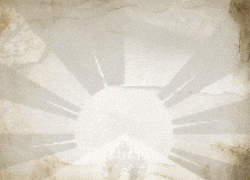By ANUBHA SAWHNEY
He shoulders the struggle of an entire nation. As the spiritual and temporal leader of the Tibetan people, he fights a continuous battle for a cause.
Yet, there are no visible signs of strain on the Dalai Lama, Nobel Peace laureate and the man on whom rests the fate of a people in exile. There is an infectious warmth about him, peace in those eyes.
In the Capital to inaugurate the Festival of Sacred Chanting and Singing, compassion is the dominant note in the voice of the world’s most sought-after spiritual leader as he speaks on various issues, but always in the serene, pacifist style that is his lingua franca.
The subject of spirituality for today’s youth holds his attention. A pause later, he breaks into a bright smile. “I believe that the youth of India are already quite inclined towards spiritual practices,” says the Dalai Lama, “In today’s time, the youth of the West have also begun to realise the importance of religion and spirituality in their daily lives. If one has to initiate today’s thinking and logical youth into spirituality, then the only way to get through to them is by science. Introduce the youth to spirituality through science.”
Clad in his signature maroon and yellow robes and beige hawai chappals, his eyes shine behind a pair of spectacles as he walks through an exhibition of Buddhist images on palm leaves. While reverent onlookers wait in the wings, the Dalai Lama scrutinises each and every creation on display with child-like enthusiasm, bringing about an affinity between artiste and aficionado.
Even as words of wisdom flow from his lips, sometimes with the aid of an interpreter, the unspoken voice is that of years of experiments with life.
Maybe, it has something to do with his selflessness. Or the heightened spiritual plane of a liberated soul. Or perhaps, the science of being the Dalai Lama. Whatever it is, such is the effect of the man that enlightenment is sometimes just a human being away.









